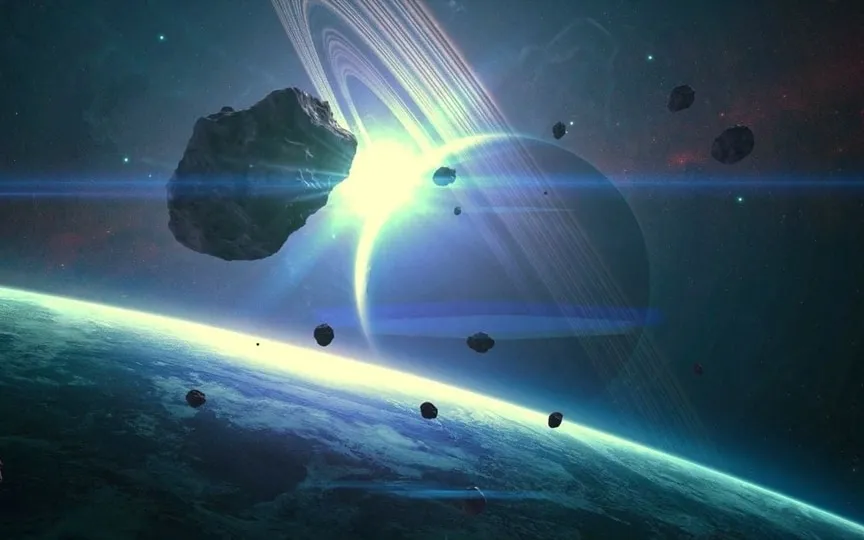NASA reveals that three asteroids may pass by Earth today; Details on speed, size, distance, and more available
NASA’s Jet Propulsion Laboratory is constantly monitoring asteroid approaches, with three asteroids predicted to pass very close to Earth on March 28. Another batch of asteroids is currently on its way and expected to pass our planet today. It is crucial to keep track of celestial objects like asteroids and comets to prevent potential impacts that could cause significant damage. Today, three asteroids are forecasted to pass Earth in close proximity, so it is important to stay informed about their size and speed during these close approaches.
Asteroid 2024 FK: Details
NASA says the first asteroid has been named 2024 FK. This space rock is 94 feet wide, equivalent to a large airplane. According to the Center for Near-Earth Object Studies (CNEOS), the asteroid is moving at a speed of 69,047 kilometers per hour and will come very close to Earth today. Asteroid 2024 FK is predicted to come within 1.2 million kilometers of Earth. It belongs to Apollo’s group of Near-Earth Asteroids.
Asteroid 2024 FB1: Details
The second asteroid on the list is asteroid 2024 FB1. This space rock is due to pass the Earth very close today. According to reports, the asteroid is moving at a speed of 47455 kilometers per hour. NASA’s JPL predicted that asteroid 2024 FB1 will come within 2.9 million kilometers of Earth today.
Asteroid 2024 FB1 is reported to be 100 feet across. However, the space rock does not pose a threat to our planet either. It is also part of Apollo’s group of Near-Earth Asteroids.
Asteroid 2024 ED4: Details
The last asteroid predicted to come close to Earth today is named Asteroid 2024 ED4. The size of the space rock is 62 feet and it is moving at a speed of 28102 kilometers per hour. According to reports, the asteroid will come close to Earth at a distance of 5.5 million kilometers. However, it will not cause any harm to our planet as it is not a “potentially hazardous” space rock.




